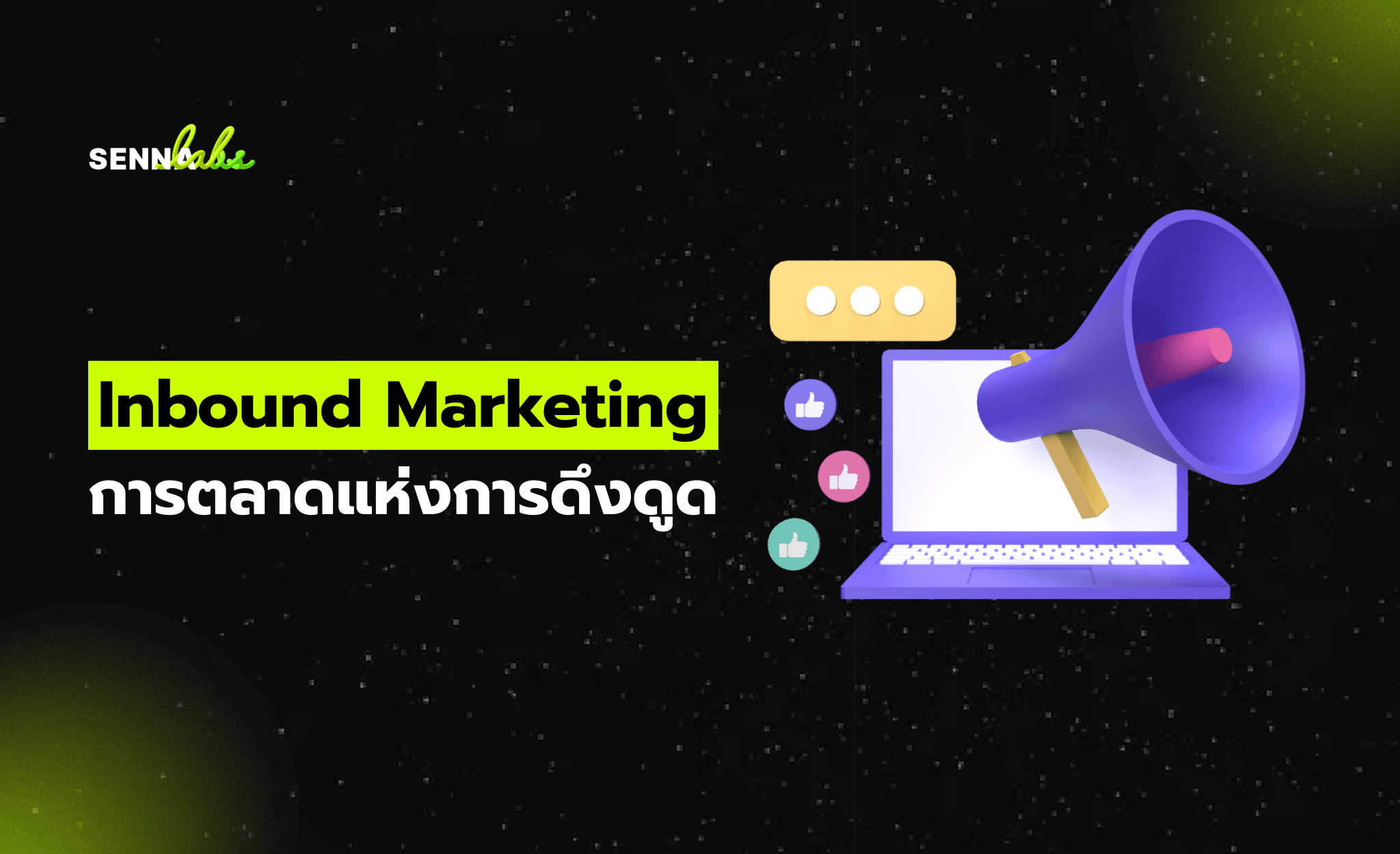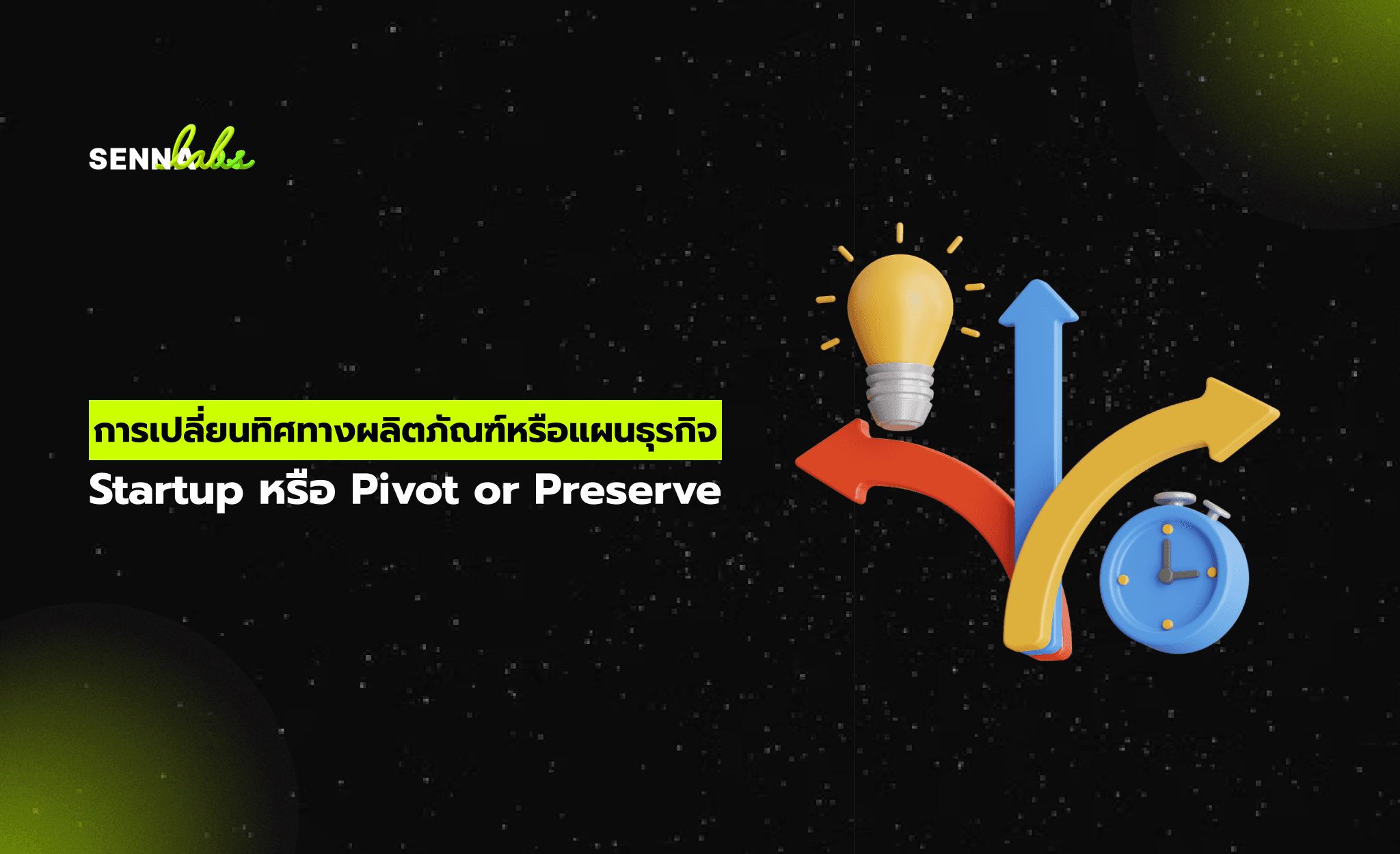The Importance of User-Centered Design in IT Project Discovery
Share

In the realm of IT projects, especially those that directly interface with end users, success hinges not only on meeting technical and functional requirements but also on ensuring that the solution is designed with the users’ needs in mind. Often, projects that prioritize technical aspects over user experience (UX) face challenges such as low adoption rates, user dissatisfaction, and frequent redesigns. To prevent such outcomes, implementing user-centered design (UCD) during the IT project discovery phase can make all the difference.
User-centered design ensures that the final product not only performs its intended functions but also provides an intuitive, satisfying experience for its users. It involves understanding the needs, preferences, and pain points of the end users from the very beginning of the project, which helps in aligning the solution to those needs. By integrating UCD into the project discovery process, organizations can gather valuable insights from stakeholders, ultimately leading to a product that delivers tangible value and enhances user engagement.
In this article, we will discuss the importance of user-centered design in the IT project discovery phase and how it can lead to more successful outcomes. We will also look at a real-world example where an educational institution faced challenges with the adoption of its online learning platform but was able to turn things around through a user-centered discovery phase, resulting in a 50% improvement in user engagement.

Understanding IT Project Discovery and Its Role
IT project discovery is the first and arguably the most crucial phase in any IT project lifecycle. During this phase, the project’s goals, requirements, scope, and risks are defined. A comprehensive discovery process ensures that all stakeholders, including end users, are considered and that their needs are clearly understood.
Traditionally, the project discovery phase focuses on gathering functional and technical requirements, conducting risk assessments, and outlining project timelines and budgets. However, projects that overlook the user experience aspect in this phase often face problems later, when users struggle to engage with or adopt the system.
This is where user-centered design becomes a game-changer. By integrating UCD principles into the discovery phase, IT projects can better align with the needs of the people who will be using the system or platform.
What is User-Centered Design (UCD)?
User-centered design (UCD) is a design approach that prioritizes the needs, expectations, and behaviors of end users throughout the project lifecycle. UCD involves actively involving users in the design process, gathering feedback, and iterating on the design to improve the user experience.
The key principles of UCD include:
-
Understanding Users’ Needs: Conducting user research to gather insights into the needs, pain points, and behaviors of the target audience.
-
Iterative Design: Involving users in multiple rounds of feedback and testing to refine the design based on their input.
-
User Testing: Ensuring that the design is tested with real users to evaluate its effectiveness and ease of use.
-
Focusing on Usability: Prioritizing ease of use and user satisfaction alongside functional and technical requirements.
By incorporating UCD early in the project discovery phase, teams can ensure that the product is not only functional but also engaging and easy to use.
Why User-Centered Design is Crucial in Project Discovery
Incorporating UCD into the IT project discovery process brings numerous benefits, helping organizations create solutions that are more likely to succeed in the long term. Here’s why UCD is essential in discovery:
1. Aligning the Solution with Real User Needs
One of the biggest risks in IT projects is creating a solution that doesn’t meet the actual needs of its users. Without understanding user pain points, the system may end up being overly complicated or fail to address the most critical aspects of the user experience. By conducting user research and gathering insights early in the discovery phase, the project team can better understand what users truly need.
For example, in the case of the educational institution, the original platform was designed based solely on technical requirements and the assumptions of the project team. It wasn’t until they gathered direct feedback from students and educators during a user-centered discovery phase that they realized many of the platform’s features didn’t align with users’ expectations. By aligning the platform’s design with real user needs, they were able to create a more engaging and user-friendly solution.
2. Preventing Costly Redesigns
A common challenge in IT projects that neglect UCD is the need for costly redesigns after launch. When users struggle to navigate or engage with a platform, the project team may be forced to go back to the drawing board, causing delays and budget overruns.
By incorporating user feedback early in the discovery phase, organizations can avoid these pitfalls. Prototyping and testing designs with users before full-scale development ensures that the solution is on the right track from the start, reducing the likelihood of expensive reworks later.
3. Improving User Adoption
The success of many IT projects depends on the adoption rate of the solution among its intended users. If users find the system confusing or difficult to navigate, they are less likely to embrace it, resulting in low adoption rates and reduced ROI for the project.
With a user-centered approach, organizations can improve adoption rates by designing systems that are intuitive and aligned with users' daily workflows. When users feel that a platform is tailored to their needs, they are more likely to engage with it regularly and make full use of its features.
4. Enhancing User Satisfaction and Engagement
IT projects that prioritize user experience lead to higher user satisfaction and engagement. By gathering user input and involving them in the design process, the project team can create a product that resonates with users, making it more enjoyable and efficient to use.
In the case of the online learning platform, incorporating user feedback into the discovery process led to a redesigned platform that improved engagement by 50%. The students found the platform easier to navigate, and educators appreciated the simplified tools for content delivery and tracking student progress. This level of engagement directly contributed to the platform's success.
5. Supporting Agile and Iterative Development
UCD complements Agile methodologies, which focus on iterative development and continuous feedback. Agile encourages teams to adapt based on feedback throughout the project lifecycle, and UCD fits naturally into this framework by ensuring that user feedback is incorporated at each iteration.
When combined with Agile, UCD enables teams to rapidly prototype and test features, gather user input, and make improvements on the fly. This iterative approach ensures that the final product is closely aligned with user needs, minimizing risks and enhancing the chances of project success.
Use Case: Improving an Online Learning Platform Through User-Centered Design
Let’s explore a real-world example of how user-centered design transformed the outcome of an IT project. In this case, an educational institution developed an online learning platform intended to improve access to education and streamline the teaching process. However, the platform’s initial design overlooked the needs of both students and educators, resulting in low user engagement.
The Challenge
The institution invested heavily in developing a new online learning platform to support remote and hybrid learning. The project team focused on meeting the technical requirements and ensuring that the platform was robust enough to handle large numbers of users. However, after the platform was launched, the institution quickly discovered that students and educators were not engaging with it as expected.
Some key issues that emerged included:
-
Confusing navigation: Students found it difficult to locate learning materials, assignments, and course updates.
-
Complex tools for educators: Teachers struggled to manage content, track student progress, and use the available features effectively.
-
Low adoption rates: Many students and teachers chose to use alternative platforms or avoid using the system altogether, which undermined the institution’s investment in the project.
The Solution: A User-Centered Discovery Phase
Recognizing the need for a more user-focused approach, the institution initiated a user-centered discovery phase to gather feedback and better understand the needs of both students and educators. The project team conducted user interviews, focus groups, and surveys to gather insights on the most significant pain points.
Key steps in the user-centered discovery process included:
-
User Interviews and Surveys: The team conducted interviews with students and educators to identify common challenges and frustrations. Surveys were distributed to gather broader input from users across different departments.
-
Prototyping and User Testing: The project team developed prototypes based on the feedback received. These prototypes were tested with a group of users to identify areas for improvement.
-
Iterative Design: Based on the feedback from the prototypes, the platform was redesigned to simplify navigation, streamline educator tools, and ensure that key features were easily accessible to all users.
The Results
By incorporating UCD principles into the discovery phase, the institution was able to create a redesigned platform that met the needs of its users. The following outcomes were achieved:
-
50% improvement in user engagement: The simplified design made it easier for students to find course materials and assignments, leading to higher participation rates in online courses.
-
Increased educator satisfaction: Teachers reported that the platform was much easier to use for managing content and tracking student performance, which reduced their administrative workload.
-
Higher adoption rates: As a result of the improvements, more students and educators began using the platform regularly, maximizing the institution’s investment in the system.
Key Takeaways
The use case of the educational institution highlights the importance of incorporating user-centered design into the IT project discovery phase. By focusing on the needs and preferences of users, the project team was able to identify critical issues early and develop a platform that improved user engagement and satisfaction.
Here are the key takeaways for organizations looking to enhance their IT project outcomes:
-
Incorporate UCD into discovery: Ensure that user research, feedback, and testing are part of the initial discovery phase to align the project with user needs.
-
Prioritize usability: Don’t let technical requirements overshadow the importance of usability and user experience. The system must be intuitive and easy for users to engage with.
-
Iterate based on feedback: Adopt an iterative approach to design and development, allowing users to provide input at multiple stages of the project.
-
Engage stakeholders early: Include end-users, such as employees or customers, early in the discovery phase to gather valuable insights and ensure their needs are addressed.
Conclusion
User-centered design is not just a nice-to-have feature in IT projects; it is essential for creating solutions that resonate with users and achieve long-term success. By incorporating UCD principles into the IT project discovery phase, organizations can reduce the risk of costly redesigns, improve user adoption, and enhance engagement with the final product.
For any organization embarking on a complex IT project, prioritizing user feedback and designing with the end user in mind will lead to better outcomes, as evidenced by the educational institution’s successful platform redesign.

Share

Keep me postedto follow product news, latest in technology, solutions, and updates
Related articles
Explore all


